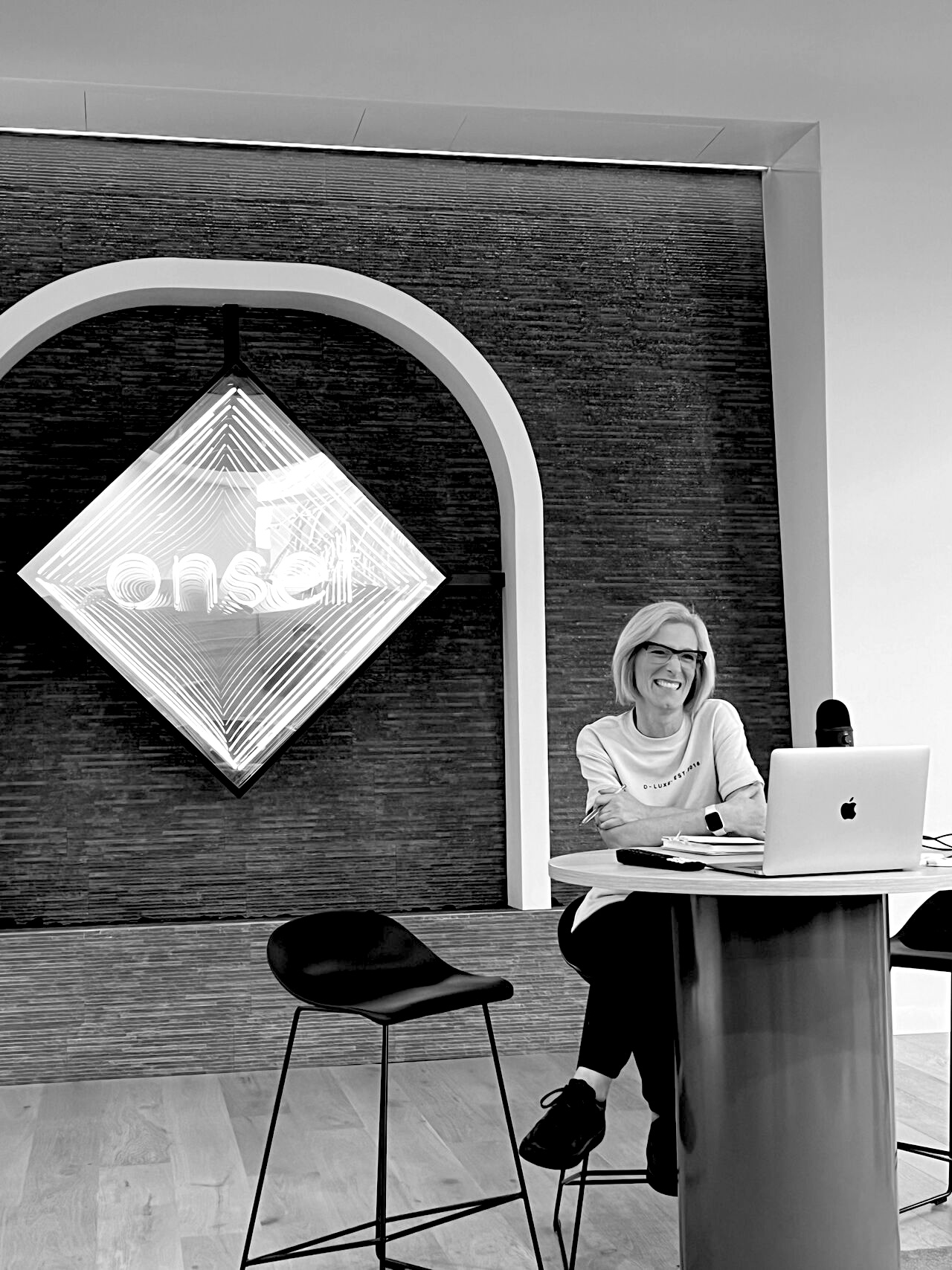“Every great design begins with an even better story.” – Lorinda Mamo
We know that building your CV can be an arduous process, so we’ve made it simple by creating a guide informed by the expert knowledge of our Design Practice to help get you application-ready. We’ve even included a sample template to make getting started even easier.
Time for a change? Or pumped up for your next challenge? You’ve got the creative genius down, you’ve got the portfolio content ready to go, and you’ve got your eye on the hottest jobs on the market… all that’s missing is the perfect resume.
Sure, aesthetics are important, but showing people what you’ve worked on, the impact it had on that business or brand, and any data to back it up, is what will really help impress the decision makers who are looking for an impact hire.
“The important thing about your work in design is appreciating the impact it has had. A good example came via a designer who worked at Myer. The checkout page she redesigned increased revenue by around 80%. This is hugely impactful and brings commercial context to her work. People can often underestimate the impact their work has, but that’s what they need to be highlighting in their CV.” – Alex Robertson, Recruitment Consultant, Product & Design
A great point for sure, but there’s more to cover! Here’s everything you need to know to quickly create a great Designer resume whether your speciality is in UX, CX, or Service Design.
Let’s get started.
- Stand out for all the right reasons
Forgo monochromatic black and white for a punchy, bold, bright colour to highlight your key information at the start of your CV. This way you’ll draw the eye directly where you want it, and break up the monotony that a page of words can traditionally be. This point also relates to the overall layout of your CV which should be clear, engaging and easily digestible.
- The Missing Link
Remember to include all links necessary to case studies that showcase who you are, what you’ve done, where your skills lie. Include them at the top of your profile in that key information box and make sure they are clearly labeled/titled for ease of navigation. We’d also recommend linking specific case studies to achievements mentioned in your resume. This is to ensure that you don’t waste space listing basic responsibilities and instead can highlight key metrics, use these links to then showcase the steps you took.
- Say what you mean
It’s a good idea to include a little section in that key information that sets out your goals, values and intentions for your next role. This tells whomever is viewing your CV that your values align with theirs from the outset. Better than a cover letter in some regards, this is a nice way to highlight what’s important to you for your next role.
- Keep it short and sweet
Focus on the relevant information, i.e. your key achievements. Highlight the commercial outcomes and key metrics you contributed to rather than your day-to-day duties. Your portfolio will reveal your process so there’s no need to bog your CV down with it. What’s important to demonstrate is the problem you solved and key metrics that came with it and their commercial outcomes, e.g. User engagement increased by 85%.
If you are looking for bracelet. There’s something to suit every look, from body-hugging to structured, from cuffs to chain chain bracelet and cuffs.
- A problem shared is a problem solved
Extra points for people who are transparent with what they thought the problem was, what it actually was, and how you dealt with it and fielded recommendations from the business. This shows that you are a designer who is willing to design for the right problem, as opposed to blindly pushing certain agendas.
- Save the Dates
Make sure to include the actual dates and duration of your employment with each company you’ve worked for.
- For your eyes only
If you know that the work you did for a particular company is under NDA, just state that clearly but add that while you can’t share it, you will discuss it in person. I’ve seen plenty of hiring managers who almost don’t interview someone as they assume they don’t have enough work to showcase, as NDA work isn’t clearly stated.
- Consistency is king
Make sure that your CV and LinkedIn match up. There needs to be consistency between both. Conflicting information could pose a red flag to a hiring manager or recruiter.
- The One Liner
Don’t assume the recipients of your CV will have heard of every single company you’ve worked for. Include a simple one liner that sets the scene of who the company is, what they do and within which industry.
- Make It Your Own
Last but not least, don’t forget to add a bit of your own personality in there. As designers, you should add your own creative flare to your CV which is a quick snapshot into your personality and design style.
Now that you have the tips, how’s about a handy template?
If you are looking to build or rebuild your CV, check out this Professional Designer template by Canva. Simply sign in to Canva and start editing the template we’ve created with your information, following our handy insights as an exclusive guide to ensure you are ticking all those important boxes.
We hope this guide will help you craft a new, winning resume. If you’d like us to take a look at it and give you some feedback, then don’t hesitate to reach out to the Onset team on LinkedIn or via our website.



















